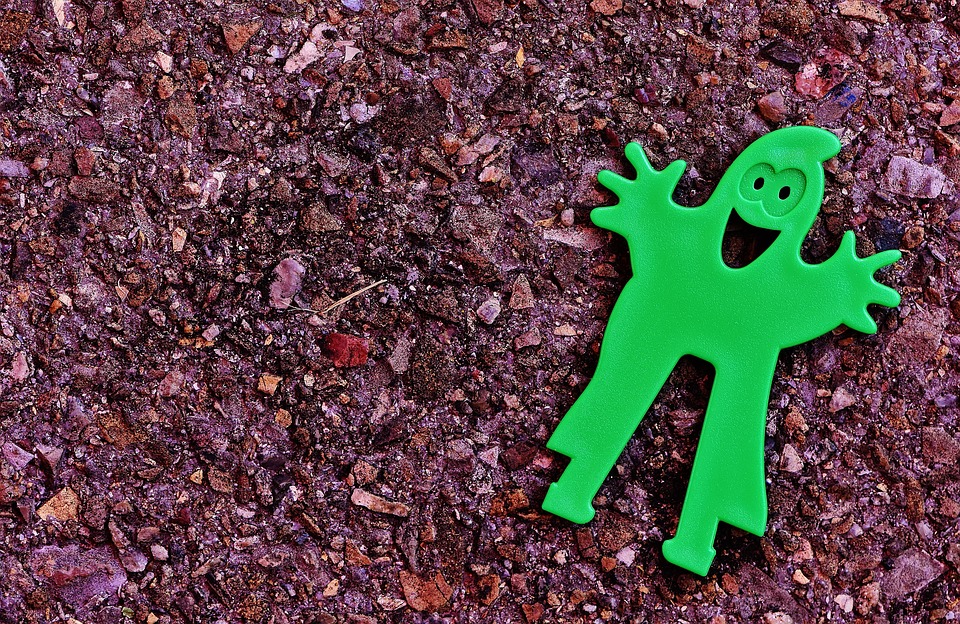
On foggy mornings over Big Lake in Colorado's Rocky Mountain National Park, the spirits of the Ute tribe are said to haunt the cursed water in which they drowned after a bloody battle.
Rocky Mountain National Park, located in northern Colorado, is a breathtaking wilderness area spanning more than 415 square miles of rugged mountains, alpine lakes, and diverse ecosystems. Established in 1915, the park is known for its stunning vistas, including the towering peaks of the Continental Divide and the scenic Trail Ridge Road, which offers panoramic views from over 12,000 feet above sea level. Park visitors can explore more than 350 miles of hiking trails, encounter an abundance of wildlife such as moose, bighorn sheep, and black bears, and experience the serene beauty of lush meadows and dense forests.
The park is home to many infamous haunted locations, including the real-life hotel that inspired Stephen King's cult novel The Shining.
The majestic beauty of Rocky Mountain National Park, where peaks meet the sky and valleys hold secrets, has a story that weaves across the landscape like mist adorning the peaks.
Ute Tribe on Great Lake
Legend tells of a band of Utes who centuries ago set up camp near the tranquil Grand Lake. It is the largest natural body of water in Colorado, and when inhabited by natives, it was known as Spirit Lake. There are many stories surrounding the lake, some of which say that the spirit of a mighty buffalo wanders the frozen lake, leaving only hoofprints behind.
But the most haunted story about Grand Lake is the Ute Ghost Legend. Where the tribe originally came from, it is not certain, could they have come from the Great Basin or Mexico? Perhaps they were descendants of Paleo-Indians who hunted mammoths and mastodons in the area. In any case, they maintained a stronghold on the western slope of the Rockies for a long time. Nomadic tribes spent summers in the area until the U.S. government took over the land in 1803.
Native people have inhabited the area for thousands of years, with the Ute tribe primarily inhabiting the western part of the park around Grand Lake and Lake Granby. They were hunters and gatherers who migrated each season to hunting grounds along the western slope of the Continental Divide.
This picturesque scene, however, would soon be overshadowed by tragedy. The Utes were unexpectedly attacked by a rival tribe, the Arapahos, and possibly the Cheyenne as well. The Arapahos were a neighboring tribe, originally from present-day Canada, who migrated to present-day Colorado around 1790 due to conflict with their neighbors. They settled mainly in the eastern part of the park, and the conflict between the two tribes escalated.
At first, they fought mainly over hunting grounds, but after the discovery of gold in Colorado in 1858, both tribes were pushed farther afield and confined to reservations. In 1878, the Arapaho were pushed to a reservation in Wyoming and Oklahoma, and the Ute were pushed to the southwest corner of Colorado and Utah.
But before the land was completely lost to them, there was fighting around Grand Lake and evidence of fighting on the west side of the lake and perhaps on the east side near Moraine Park. The Arapaho entered the area through Forest Canyon, avoiding detection by Ute scouts.
According to the story, about 300 Ute were killed, and few managed to escape. In a desperate attempt to escape the violence, Ute women and children boarded boats or rafts, seeking shelter from the coming danger.
As fate would have it, a sudden gust of wind, an unseen force, disturbed the water and capsized the boat, plunging its passengers into the icy depths. The lake, once a source of solace, became a watery grave, claiming the lives of those who sought refuge on its surface.
Ute Ghosts on the Lake
The Utes, grief-stricken and haunted by memories of that fateful day, came to view Grand Lake as a cursed place. They avoided its shores, keeping away from the watery abyss that held echoes of their collective tragedy. The misty mornings that embraced the lake seemed to carry the whispers of missing Ute women and children, their souls forever entwined with the ethereal features of the landscape.
Today, visitors to Rocky Mountain National Park can be delighted by mornings touched with mist, where the veil between the apparent and the unseen becomes gaunt. Legend has it that you can still see ghostly figures in the morning mist rising from the lake and hear the wails of lost women and children beneath the winter ice.
It is also said that at these moments the spirits of Ute women and children appear, their ghostly figures calling on viewers to join them in the depths of the lake.
References:
Legend of the Great Lake | KRKY Ski Country
Grand Lake Ute Legend | Grand County History Stories
Native American History in Rocky Mountain National Park – Colorado Wilderness Tours and Guides
Rocky Mountain National Park: Native American History
Image Source: Pixabay.com



